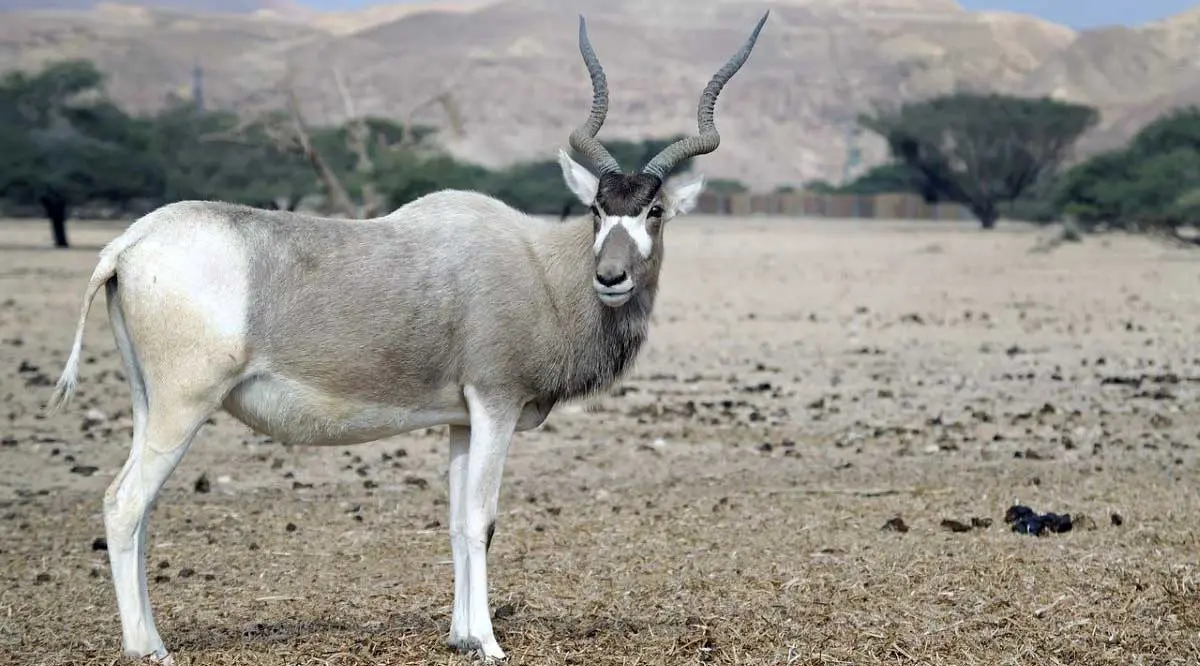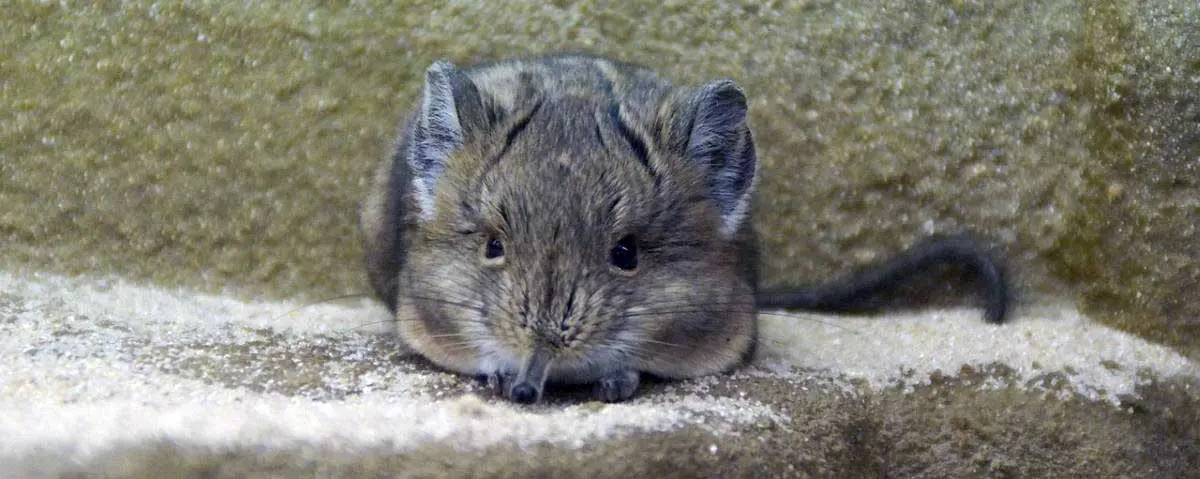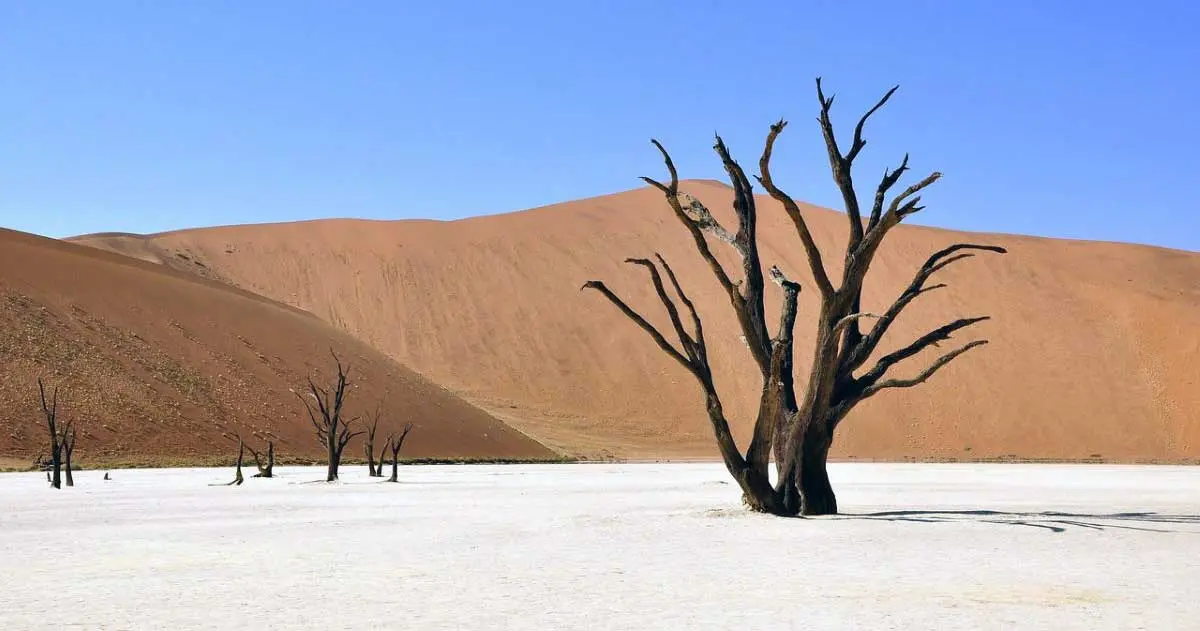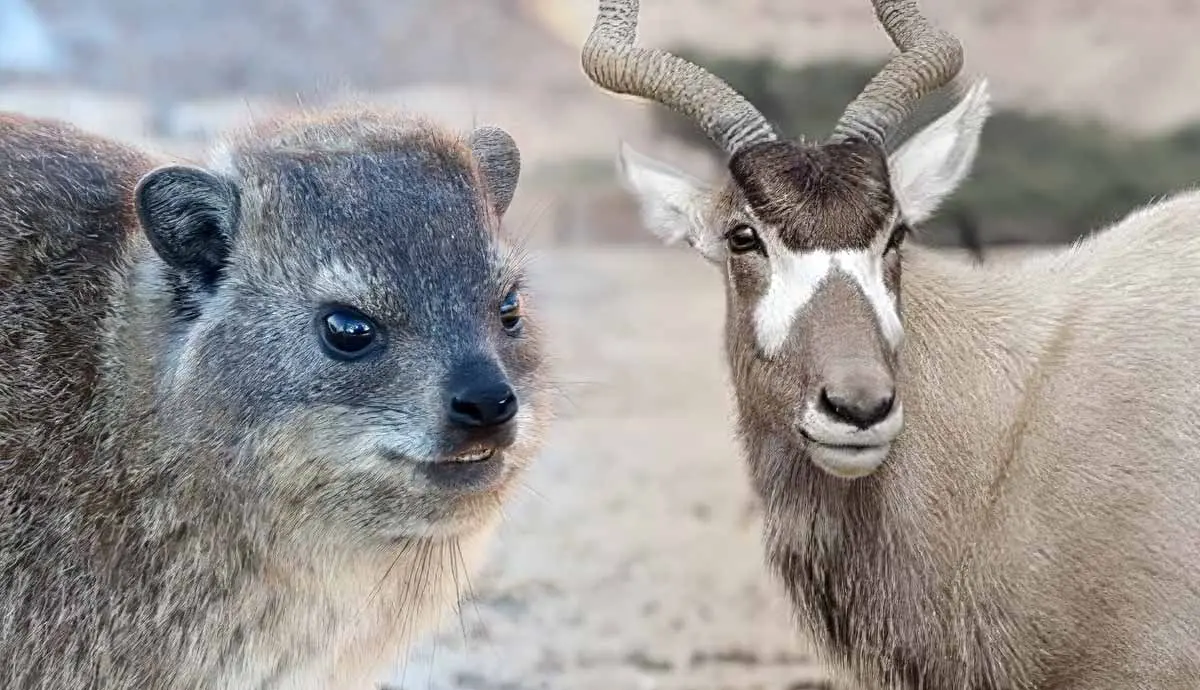Deserts are home to thousands of animal species but not all are common knowledge. You have heard about camels, rattlesnakes, and scorpions. But have you heard about Hyrax, Addax, Peccary, Pronghorn, or Jerboa?
These lesser-known desert animals are fascinatingly adaptive creatures who live in the harshness of the Earth’s deserts.
What are these animals like, and how do they survive? Read on to find out more about desert animals you didn’t know existed.
Hyrax

In the deserts of East Africa, this yellow, gray-brown mammal scurries through the desert. The hyrax, or rock rabbit, looks like a mix between a rabbit and a Guinea pig. It has rounded ears, no tail, and long nails.
They are about 11-20 inches long and weigh between 8-11 pounds. These mammals do not dig burrows, rather they live in the natural crevices of rocks. They group in colonies of about 50 consisting of one male, 20 females, and their young. Hyraxes are latrine animals, which means they have a designated area in their habitat where they all relieve themselves of waste.
Hyraxes spend their mornings sunbathing near the entrance to their homes. Then, they eat quickly, watching for the many predators that feed on them. They eat grass, leaves, fruit, insects, lizards, and bird eggs. These animals can go a long time without water, taking in moisture from their food.
Addax

The addax is a desert antelope that lives in the African Sahara. Humans nearly drove this species to extinction in the late 20th century due to poaching.
Addaxes have long, spiral horns. Their coats change colors based on the season. In summer, they are light-colored, reflecting the sun off their bodies. In the winter, they are more of a smoky gray.
With broad hooves that make travel across the sand easier, they often live in ergs, a large body of sand at the bottom of a basin. They can extract the water from the plants they eat, such as acacias and other leguminous herbs. They also conserve water by excreting dry feces and concentrated urine.
These remarkable desert animals can take extreme body temperature rises. The IUCN listed addaxes as an endangered species. There are fewer than 100 animals in the wild today. Yet, several hundred live in zoos in breeding programs with hopes of reintroduction to their natural habitats.
Peccary

Although pig-like in appearance, peccaries are not pigs. They do have a flat snout and hooves, but they are in the same family as camels and deer. Peccaries are native to North and South America, including the dry Chaco region in Paraguay, Bolivia, and Argentina.
These small-legged, stocky animals are omnivores. They have a complex stomach with 3 chambers made for digesting plant materials such as fruit, seeds, bulbs, roots, tubers, and rhizomes. They also eat fungi, worms, grubs, small vertebrates, eggs, and even scavenge dead animal remains. Peccaries absorb much of their water from what they eat.
Peccaries create wallows by repeatedly trampling an area. They root, dig, and compact the soil. These wallows can sometimes hold water even when other water sources nearby have dried out.
Their wallows become microhabitats for many aquatic species living in dry regions, including frogs. Also, many plant seeds are transported and planted through a peccary’s digestive system. So, this vulnerable species is essential to their ecosystems.
Pronghorn

This North American mammal is the last surviving member of the Antilocapridae family. It is neither a goat nor an antelope, but it shares characteristics of both. It has a deer-like body with a tan to reddish brown coat. Their cheeks, belly, chest, and rump are white. They weigh between 90-120 pounds and are about 3.5 feet tall.
Both males and females have horns. Males have black, lyre-shaped horns. Female horns are smaller, straight, and without black markings. They feed on grasses and cacti in the grasslands, brush, and deserts between Arizona to Saskatchewan. The largest populations of pronghorn are in the Red Desert of Wyoming.
Pronghorns run an astonishing 60 miles per hour, making them the second fastest land mammal. They keep their mouths open as they run to take in extra oxygen. Living out in the open, speed is a necessity to avoid their many predators. They also migrate large distances to survive harsh winters. These creatures have remarkable eyesight.
Due to habitat loss and hunting, their population is reduced. Two subspecies of pronghorn are endangered.
Jerboa

Jerboa are leaping rodents that live in the deserts and steppes of eastern Europe, Asia, and northern Africa. There are around 33 species of these adorable, kangaroo-looking mammals. Each has distinctive characteristics. Some have larger ears, others smaller. Their coats are either silky or velvety.
All jerboas have short forelegs and extremely long hind legs with coat colors that blend into their environments. They can leap up to 10 feet when they are traveling or frightened. When they are standing, they use their tails to balance.
During the day, jerboas sleep in burrows underground. At night, they plug up the holes in their burrows to retain moisture and cooler air temperatures. Then, they leave to forage for seeds, plants, and insects. Most of their water comes from these foods.
Scientists believe these rodents evolved to have longer hind legs to travel further to search for food in arid regions. This adaptation allows them to survive in areas with limited food sources.
Conclusion

The lesser-known animals of the desert have adapted and learned to survive in remarkable ways. From tiny rodents to large antelope-like animals, each creature has the perfect characteristics to ensure it survives the dry, hot climates it inhabits.
Some of these animals are facing extinction, others are numerous. Either way, the more we learn about desert animals, the more we can understand how life adapts to extreme conditions.

